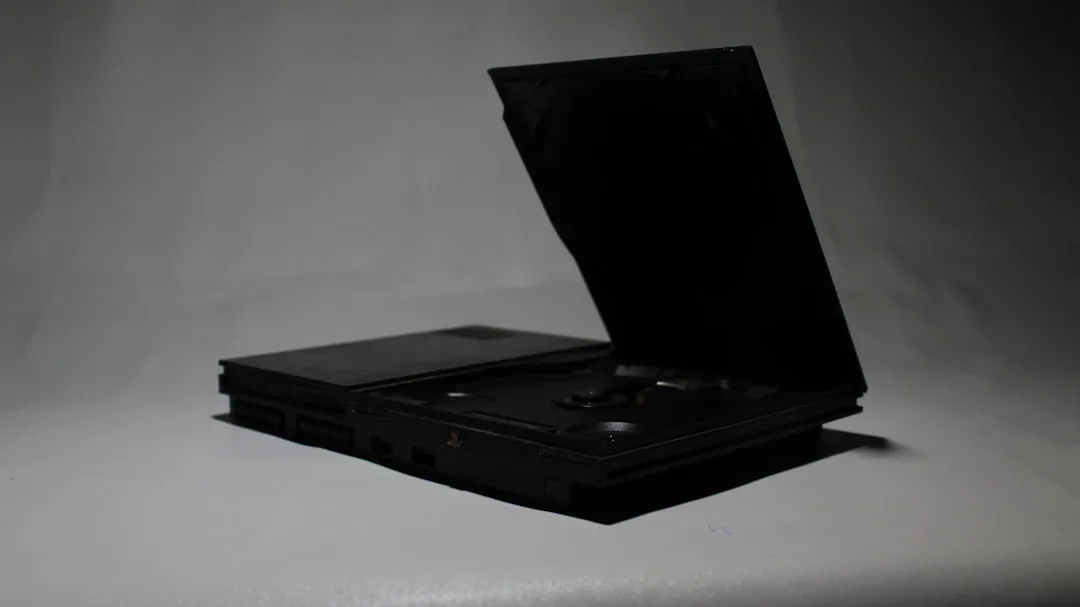Developers can now publish augmented reality experiences that are viewable through the experimental version of Chrome and ARCore.
Google announced the release of the WebXR Device API last month for VR experiences in Chrome version 67. Now, Google has made the WebXR Hit Test API available through Chrome Canary.
"This API is intended to stay in Canary for the immediate future," wrote Joseph Medley, technical writer at Google, in a blog post. "We want a protracted testing period because this is a very new API proposal and we want to make sure it's both robust and right for developers."
To showcase how augmented reality on the web can be applied in an educational setting, Google has published an AR demo, originally developed for Google I/O. The Chacmool AR experience features a 3D representation of an ancient Chacmool sculpture. Users can view the life-sized sculpture in their physical environment from various vantage points and read annotations pinned to the digital statue to learn more about the artifact's history.
"The immersive nature of AR allows users to freely explore, discover and play with content, just like they can in the real world," wrote former Google engineer Reza Ali, a user experience engineer, and Chris Wilson, one of Google's current staff developer advocates, via a blog post. "When viewing an object in AR, as opposed to seeing it on a flat 2D screen, we are able to get a deep understanding of what we are looking at because we can see it from many different angles and distances using a very intuitive interaction model: walking around the object, and getting physically closer or further away."
The experience is viewable through the Chrome Canary browser on ARCore-compatible devices running Android Oreo or later. To access the demo, users need to first point their browsers to chrome://flags and enable the #webxr and #webxr-hit-test.
Even in an experimental environment, the experience is as smooth as those available in native apps. The only hiccup I encountered was a lack of transparent camera view, but that was remedied by exiting the AR activation and starting it up again.
Google has been working on ushering forward the WebXR standard for augmented reality on the web for a while now. Unleashing that capability, even in an experimental version of Chrome, to the public represents a major milestone in moving AR on the web to the mainstream.
- Follow Next Reality on Facebook, Twitter, Instagram, YouTube, and Flipboard
- Sign up for our new Next Reality newsletter
- Follow WonderHowTo on Facebook, Twitter, Pinterest, and Flipboard
Cover image via Tommy Palladino/Next Reality

























Comments
Be the first, drop a comment!